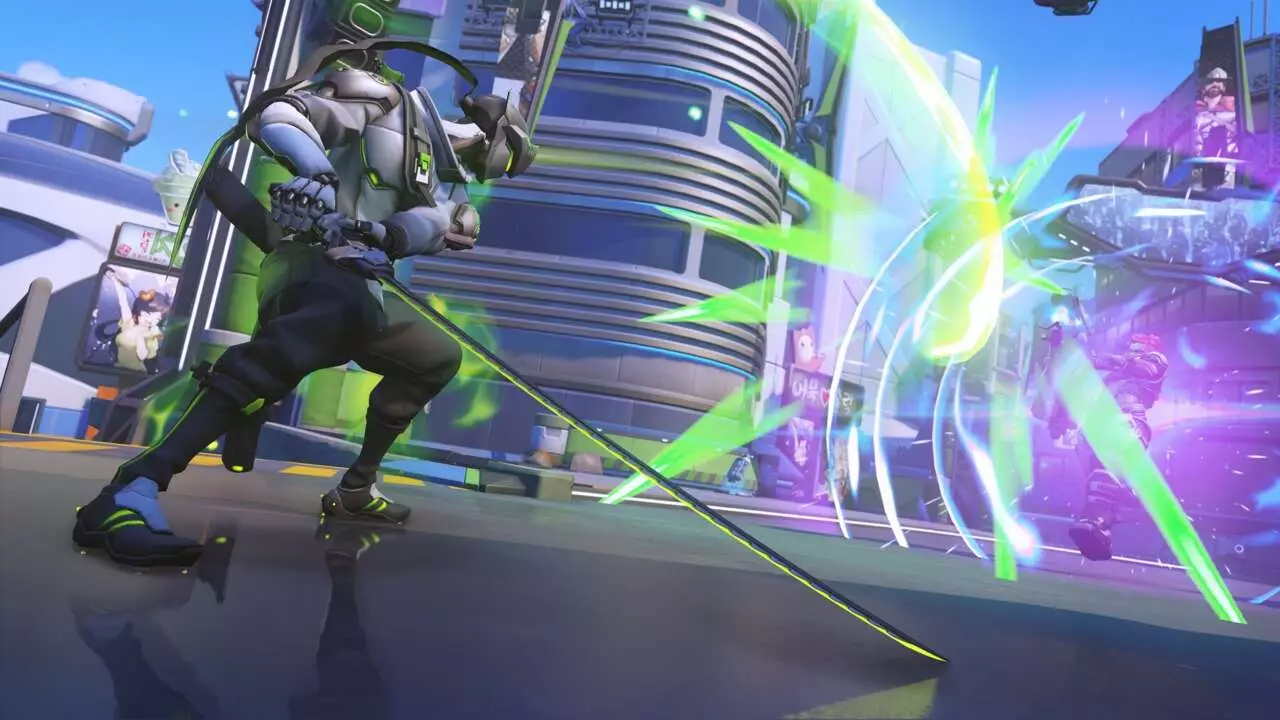In the realm of multiplayer gaming, the release of new game modes can often reinvigorate a title, attracting both veteran players and newcomers alike. In that spirit, Blizzard Entertainment has unveiled a groundbreaking mode for Overwatch 2, set to launch in 2025: Stadium. This mode promises to break the mold by incorporating unique elements that draw inspiration from various genres while maintaining the essence of the beloved hero shooter. Let’s delve deeper into what Stadium offers and how it may redefine the Overwatch experience.
Stadium is not merely an add-on to Overwatch 2; it represents a significant evolution in the game’s competitive landscape. Unlike traditional modes such as Quick Play and Competitive, Stadium operates on a round-based structure that allows for richer strategic depth. Players will compete in matches that follow a “best of seven” format, challenging teams to continually adapt and refine their strategies in real-time. This competitive framework is intended to foster a more engaging environment, ensuring that players are consistently motivated to improve.
Throughout each match, players will have the ability to enhance their chosen heroes using in-game currency, which introduces a layer of resource management reminiscent of popular battle arena games. Currency can be accumulated via various in-game actions such as securing kills, assists, and contributing to damage and healing efforts. This innovative approach not only provides players with agency over their character progression during matches but also ensures the competition remains dynamic and unpredictable.
One of the most exciting features of Stadium is its shift to a third-person camera perspective, a departure from Overwatch’s traditional first-person viewpoint. This shift unlocks new opportunities for strategic gameplay, allowing players to better navigate their surroundings and make more informed decisions during engagements. The introduction of this perspective is a bold move, and it echoes trends seen in other successful titles, such as the recently popularized Marvel Rivals. Yet, players who prefer the original experience need not worry; Blizzard has ensured that there will still be an option to engage in first-person play, catering to the diverse preferences of the Overwatch community.
During matches, players will also undergo a pre-round “buy” phase where they can spend their accrued currency on various upgrades and enhancements, reminiscent of experiences found in tactical shooters like Counter-Strike and Valorant. By enabling enhancements that affect abilities and basic stats—such as health and movement speed—Stadium creates a hybrid of tactical decision-making and role-playing game progression systems. This combination adds depth to each match, as players will continually assess their needs and strategize on how to best utilize their resources.
At the outset, Blizzard is restricting the playable roster to 14 characters, carefully chosen to maintain balance and competitive integrity. This decision illustrates an understanding of the game’s dynamics and the need for a meticulously crafted environment, particularly in a new mode characterized by intricate mechanics. As gameplay evolves, Blizzard plans to introduce more heroes, gradually expanding the variety while ensuring that the competitive landscape remains fair.
The inclusion of unique systems, such as a bounty mechanic that rewards players for taking down high-performing opponents, further enriches the competitive spirit of Stadium. By rewarding players for not only individual performance but also strategic targeting, the mode compels players to not only focus on their own gameplay but also on that of their adversaries. The dynamic interplay of skills, abilities, and tactics will likely shape the broader competitive scene within Overwatch 2.
Stadium is just one of many ambitious changes on the horizon for Overwatch 2. As Blizzard also reintroduces loot boxes and desires to implement a new “Perks” system that allows for additional character customization, the ongoing evolution of Overwatch aims to retain its player base while drawing in new fans. Exciting new heroes like Freya and Aqua are poised to join the lineup, breathing fresh life into narrative and gameplay that players have cherished.
As we approach the launch of Stadium, the excitement surrounding this new mode underscores its potential to shake the foundations of Overwatch 2. Player engagement through innovative features and competitive formats could very well set a new standard within the genre. As gamers gear up for what is sure to be a transformative year in Overwatch history, one question remains: will Stadium resonate with players and succeed in redefining the gameplay experience for Overwatch 2? Its success will surely rely on how well it captures the hearts and minds of the community.

